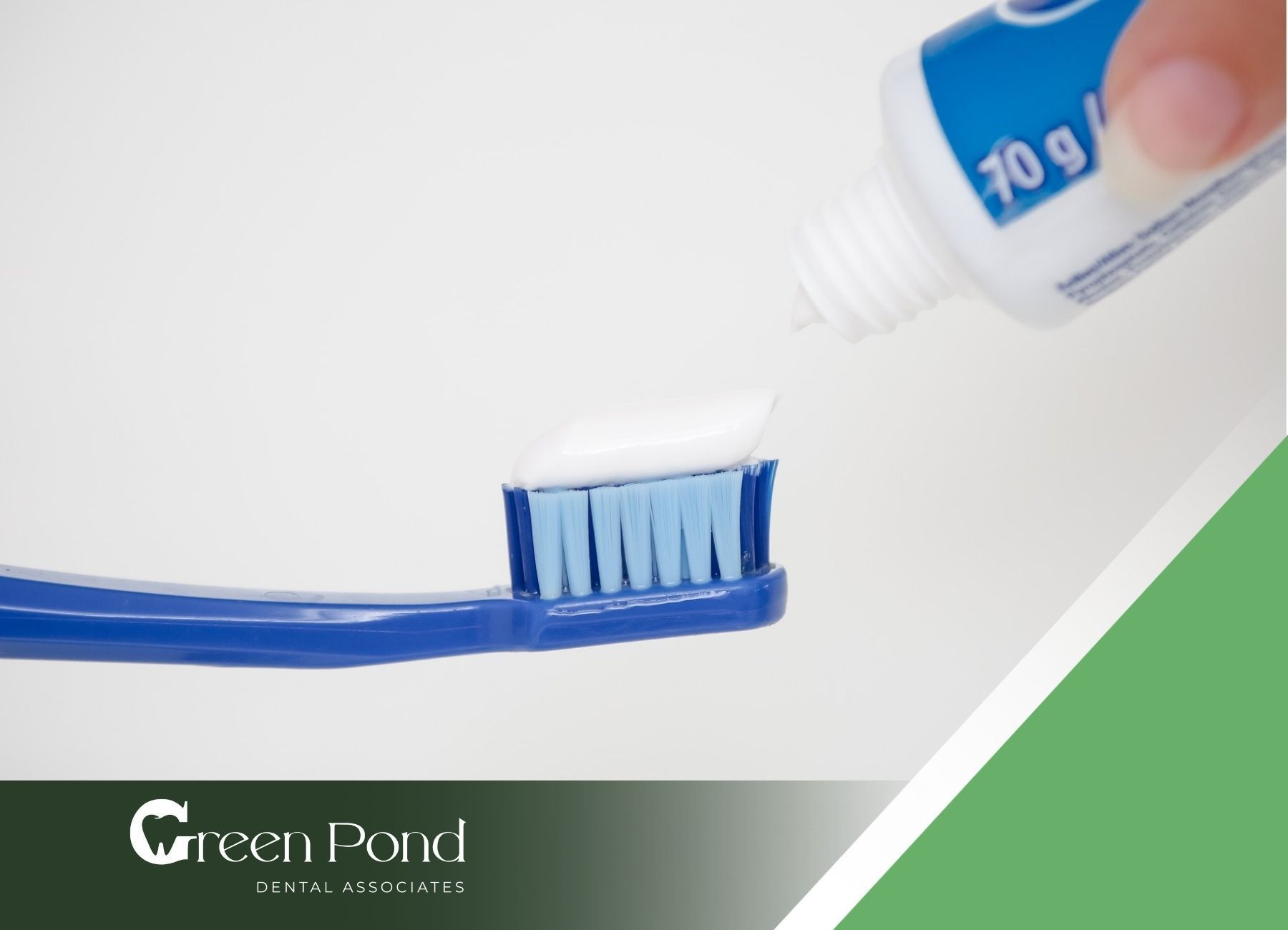Journey to Fresh Breath: What is a Dental Scaling Procedure?
A healthy smile is more than just aesthetics; it's a reflection of overall well-being. Dental scaling, a crucial aspect of preventive dental care, plays a vital role in maintaining oral health and preventing gum disease. This article delves into the intricacies of dental scaling, exploring its purpose, benefits, and the procedure itself. Let's embark on a journey to discover how dental scaling can contribute to a brighter, healthier smile.
Understanding the Procedure
What is Dental Scaling?
Dental scaling is a common procedure aimed at maintaining oral health, particularly for individuals experiencing gum disease. This process involves the removal of plaque and tartar buildup from the surfaces of the teeth, including areas below the gumline. It is often referred to as a deep cleaning.
During the dental scaling procedure, a dentist or dental hygienist uses specialized tools to scrape away these deposits gently. The goal is to clean the teeth thoroughly and promote healthier gums. Scaling is an essential part of dental care, especially for those at risk of periodontal disease.
| Procedure | Description |
|---|---|
| Dental Scaling | Removal of plaque and tartar from teeth and below the gumline to prevent gum disease. |
| Deep Cleaning | A thorough cleaning process that targets areas not accessible by regular brushing. |
Why is it Necessary?
Dental scaling is necessary for several reasons. Primarily, it helps in the treatment and prevention of gum disease. Gum disease begins with the accumulation of plaque, which can lead to inflammation and infection if not addressed. When pockets form between the gums and teeth due to plaque buildup, scaling, and root planing become crucial for effective treatment.
Furthermore, untreated gum disease can lead to serious complications, including tooth loss and a higher risk of systemic health issues, such as heart disease and diabetes. Regular scaling procedures are vital for maintaining overall oral health and preventing these potential risks.
| Importance of Dental Scaling | Explanation |
|---|---|
| Prevents Gum Disease | Reduces plaque buildup, preventing inflammation and infection. |
| Reduces Tooth Loss Risk | Treats gum disease to maintain tooth stability. |
| Supports Overall Health | Lowers the risk of systemic health issues linked to periodontal disease. |
Methods of Scaling
Dental scaling is an essential procedure for maintaining oral health. There are two primary dental scaling methods: handheld instruments or ultrasonic instruments. Each method has its own advantages and is chosen based on the patient's needs and the dental professional's preference.
Handheld Instruments
Handheld instruments, also known as dental scalers and curettes, are traditional tools used for dental scaling. These instruments come in various shapes and sizes, allowing dental professionals to target specific areas of the mouth effectively.
| Instrument Type | Description |
|---|---|
| Dental Scalers | Sharp, pointed tools designed to remove plaque and tartar from the surface of teeth. |
| Curettes | Rounded instruments used to clean below the gumline and smooth the root surfaces of teeth. |
The scaling process with handheld instruments involves the dentist or dental hygienist manually scraping away the buildup on the teeth. This method can be effective for patients with moderate tartar accumulation.
Ultrasonic Instruments
Ultrasonic instruments represent a more modern approach to dental scaling. These devices utilize a vibrating metal tip and a cool water spray to break apart hardened plaque and tartar. As the ultrasonic scaler vibrates, it creates tiny bubbles that implode, a process known as cavitation. This effectively dislodges debris from the tooth surface without the need for excessive scraping.
The scaling process with ultrasonic instruments is often quicker and may be less uncomfortable for patients compared to handheld instruments. This method is particularly beneficial for those with significant tartar buildup, as it allows for more efficient cleaning of both the tooth surface and areas below the gumline.
Both methods serve to maintain oral hygiene and prevent gum disease, making dental scaling a vital procedure for individuals seeking healthier teeth and gums.
Preparing for the Procedure
Preparing for a dental scaling procedure involves two key steps: the initial consultation and understanding what to expect during the procedure. These steps ensure that patients are informed and ready for the treatment.
Initial Consultation
During the initial consultation, the dentist or dental hygienist will evaluate the patient’s oral health. This assessment typically includes an examination of the teeth and gums to identify any issues such as plaque buildup, tartar, or signs of gum disease. The dentist will ask about the patient's dental history and any symptoms they may be experiencing, such as bleeding gums or bad breath.
Dental scaling is recommended for individuals with poor oral hygiene or those exhibiting signs that indicate a need for professional care. Depending on the individual's oral health needs, the dentist may also recommend the frequency of scaling, which typically ranges from once or twice a year to every three to four months.
What to Expect
Patients can expect the dental scaling procedure to be straightforward and generally comfortable. The actual process may vary slightly based on the methods used, such as handheld instruments or ultrasonic tools.
Before the procedure begins, the dental professional will explain the steps involved, which typically include:
- Cleaning: Removal of plaque and tartar from the teeth and gumline.
- Assessment: Checking the condition of the gums and teeth throughout the procedure.
- Follow-up: Discuss any necessary follow-up treatments or additional care after scaling.
Patients may feel some sensitivity during the procedure, especially if they have existing gum issues. The patient needs to communicate any discomfort to the dental professional.
Understanding the initial consultation and what to expect can help prepare individuals for the dental scaling procedure, making it a more positive experience.
Post-Procedure Care
After undergoing a dental scaling procedure, proper post-care is essential for a smooth recovery. Patients may experience some discomfort and sensitivity during this time.
Recovery and Sensitivity
Following dental scaling, individuals often report mild gum tenderness and sensitivity. This typically resolves within a few days. However, patients might experience pain for a day or two, sensitivity lasting up to a week, and possible swelling or bleeding of the gums. It is advisable to avoid hot foods and cold beverages during the recovery period to minimize discomfort.
| Symptom | Duration |
|---|---|
| Pain | 1 - 2 days |
| Sensitivity | Up to 1 week |
| Gum Swelling | Few days |
| Gum Bleeding | Few days |
Patients may also receive prescribed medications to prevent infection and manage pain. Follow-up visits may be scheduled to monitor gum healing and the depth of gum pockets.
Recommended Products
To aid in recovery, using specific products can help alleviate sensitivity and promote healing. Recommended items include:
- Desensitizing Toothpaste: Formulated to reduce sensitivity, these toothpastes can provide relief during the healing process.
- Alcohol-Free Mouthwash: Using a gentle, alcohol-free mouthwash can help maintain oral hygiene without causing further irritation to sensitive gums.
- Salt Water Rinse: A warm salt water rinse can promote healing and reduce inflammation. Mix 1 teaspoon of salt in a glass of warm water and rinse gently.
- Soft-Bristled Toothbrush: A soft-bristled toothbrush minimizes irritation while brushing during recovery.
By following these post-procedure care guidelines and using recommended products, patients can help ensure a smoother recovery after their dental scaling procedure.
Frequency of Scaling
Understanding how often one should undergo dental scaling is essential for maintaining optimal oral health. The frequency of the dental scaling procedure can vary based on individual circumstances.
How Often to Scale
Most healthy individuals are advised to have their teeth professionally cleaned at least once every six months. Regular dental check-ups, including scaling, play a crucial role in preventing plaque buildup and maintaining good oral hygiene. However, for those with specific dental issues, the recommendations differ:
| Condition | Recommended Frequency |
|---|---|
| Healthy gums | Every 6 months |
| Mild plaque buildup | Every 6 months to 1 year |
| Moderate plaque/tartar buildup | 2 to 4 times a year |
| Gum disease | Every 3 to 4 months |
Factors Influencing Frequency
Several factors can influence how often an individual should undergo dental scaling. These factors include:
- Oral Health Status: Individuals with a high amount of plaque or tartar may require more frequent scaling. Those suffering from gum disease may need scaling and root planing more often.
- Personal Oral Hygiene: Patients who maintain good oral hygiene practices may require less frequent scaling than those who do not.
- Individual Needs: Some patients may require scaling and root planing once or twice a year, while others may need it more often based on their gum condition and the severity of plaque.
By considering these factors, individuals can work with their dental professionals to determine the best schedule for their scaling procedures, ensuring their oral health remains in top condition.
Potential Risks and Complications
Understanding the potential risks and complications associated with the dental scaling procedure is crucial for anyone considering this treatment. While dental scaling is generally safe, some side effects may occur.
Common Side Effects
Patients may encounter several common side effects following the dental scaling procedure. These can include:
| Side Effect | Description |
|---|---|
| Soreness | Mild discomfort in the gums and teeth for a few days. |
| Tooth Sensitivity | Increased sensitivity, particularly to hot and cold temperatures, which may last up to a week. |
| Bleeding Gums | Light bleeding may occur during brushing as the gum tissue is irritated from plaque and tartar removal. |
| Swelling | Possible swelling of the gums, indicating irritation during the procedure. |
| Spacing Between Teeth | Temporary spacing may develop between teeth due to the removal of tartar, which can make teeth feel looser. |
Patients are advised to use desensitizing toothpaste and mouthwash to aid in recovery after experiencing these side effects.
When to Seek Help
While many side effects are minor and resolve on their own, certain symptoms may indicate a need for professional attention. Individuals should seek help if they experience:
| Symptom | Reason for Concern |
|---|---|
| Severe pain or discomfort | Pain that is intense and does not improve. |
| Persistent bleeding | Bleeding that continues beyond a few days. |
| Signs of infection | Symptoms such as increased swelling, redness, or pus around the gums. |
| Unusual changes in tooth alignment | Significant changes in the spacing or positioning of teeth. |
Consulting a dental professional can ensure appropriate treatment and alleviate any concerns regarding recovery from the dental scaling procedure.
Conclusion
Dental scaling is an essential component of preventive dental care, promoting oral health and preventing gum disease. By understanding the procedure, benefits, and potential discomfort, you can make informed decisions about your dental care.
Green Pond Dental is your trusted partner in achieving a healthy and beautiful smile. Our experienced dental team offers comprehensive dental services, including professional dental scaling. We prioritize patient comfort and utilize the latest techniques to ensure a positive and effective experience. Contact Green Pond Dental today to schedule your appointment and take a step towards a healthier smile.










